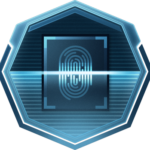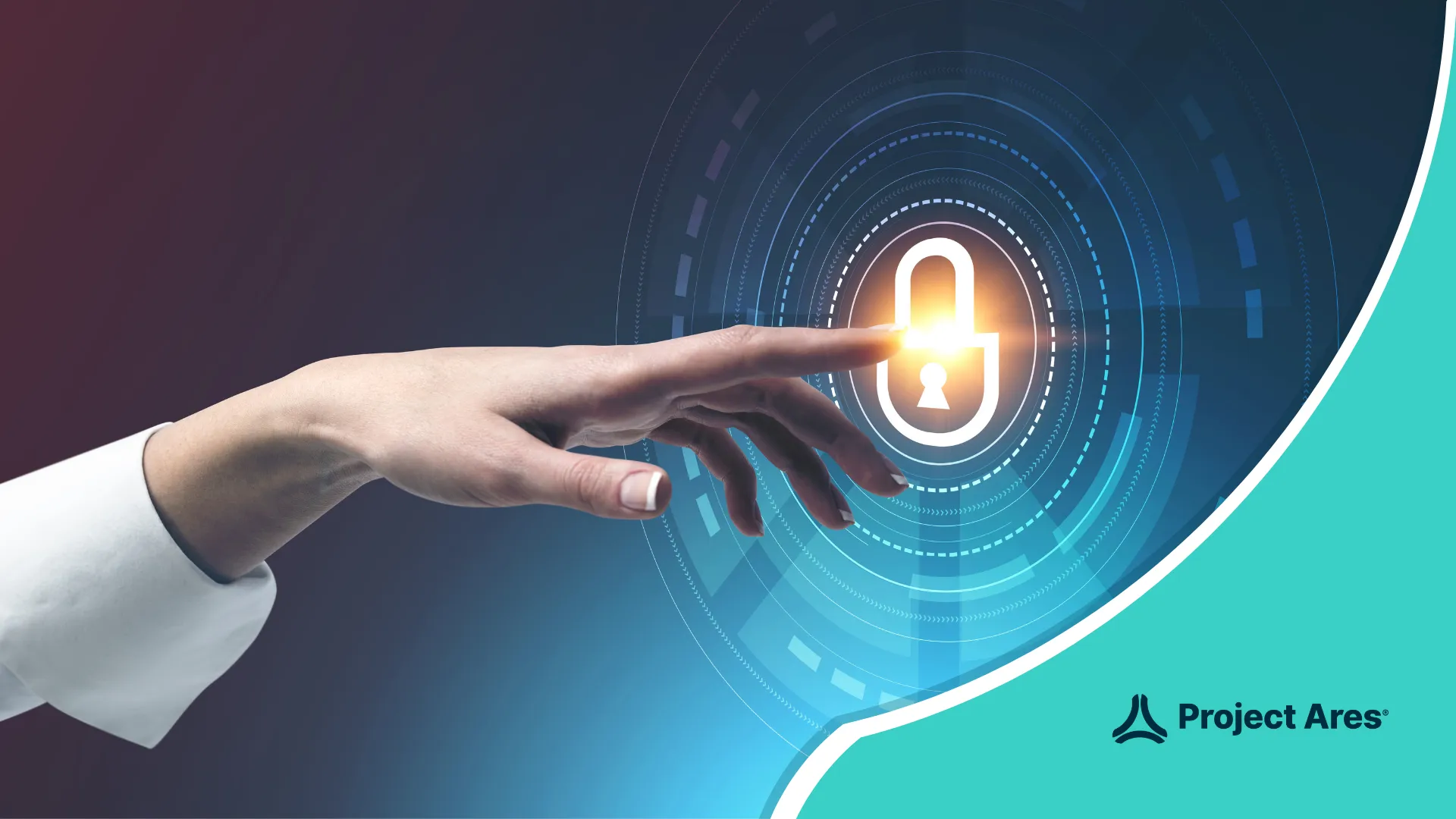How long does it take to fill a digital forensics role with a qualified candidate?
As each year passes, there is a greater need to fill roles in digital forensics. This need places direct pressure on digital forensics and cybersecurity educators to quickly teach their students thoroughly.
If you are one of these educators, do you have the confidence that your current teaching tools help your students successfully fill this gap? Because right now, the students of today need to learn with the right tools to become the qualified candidates who are needed now.
So, let’s start with a review of your educational tools. Do they include a hands-on platform to teach digital forensic skills? For a hands-on industry, putting cyber readiness in the hands of learners should be literal. Therefore, you need a high-quality cyber range that
- Replicates real-world scenarios
- Aligns with your curriculum
- Allows you to assess your students’ skillsets
Extra bonus points if the cyber platform can minimally impact your time and save you money.
Whether you have a cyber learning platform or are thinking about one, Project Ares is worth a look. It’s an award-winning cybersecurity EdTech platform that uses gamification and realistic cyber scenarios to confidently strengthen foundational and specialized skill – including digital forensics.
Let’s take at one of these foundational scenarios to learn how it works.
Digital Forensics Battle Room 9
In Project Ares, foundational scenarios are called Battle Room . These rooms (or labs) build cyber skills through a series of multilevel learning challenges. Each battle room focuses on a specific cyber task that is tied to building a specific skill set.
In Battle Room 9, your goal is to conduct trials in data recovery, disc image analysis, and forensics analysis using tools to provide you with the necessary facts to support the case.
Cybersecurity Forensics Tools
Here, you’ll receive hands-on experience with the following professional cybersecurity forensics tools:
Autopsy
Battle Room 9 exposes you to several key forensic skills using Autopsy, a free end-to-end open source digital forensics platform. These skills include timeline analysis, hash filtering, keyword searches, artifact discovery, data carving, and multimedia analysis.
Ophcrack
Learners will use Ophcrack, another free and open source software, to crack passwords in the objective.
Registry Explorer
You’ll use Windows Registry Editor, a free software also known as Registry Explorer, to view and make changes to the Windows Registry. These changes include user and system data, changes to files and logs, timestamps, dates, passwords, and finding deleted files.
Project Ares Cyber Learning Catalog
Located on the Project Ares website, instructors and students can view all the Project Ares scenarios and its,
- Overviews (with instructors)
- Approaches: offensive vs. defensive
- NICE Competencies
If you’re a current Project Ares customer, you are considered a “Trainer” and can access the trainer-only variant of, the Cyber Learning Catalog. The Trainer or Instructor section reveals hints and answers to objectives in each scenario when you log in.

Digital Forensics Learning Outcomes
Successfully completing this scenario means you mastered the entry-level tasks of a Digital Forensics Analyst! You will also have learned how to
- Identify, gather, preserve, extract, interpret, and present evidence
- Crack passwords
- Seize a device
- Gain knowledge of forensics hardware and software applications
According to a Project Ares Team Member, “The Forensics Battle Room allows for students to get real-world experience working with forensics tools in a Windows machine. So, when they enter the workforce in the field of digital forensics, they have real hands-on experience.”

Digital Forensic NICE Competencies
On top of achieving the above learning outcomes, Project Ares labs also align to established NICE competencies. These competencies aim to develop standards and best practices with the goal of creating a skilled workforce in the cybersecurity industry.
For Battle Room 9, students will learn the following competencies:
- Business Continuity
- Computer Forensics
- Data Management
- Operating Systems
- Risk Management
- Threat Analysis
These learning outcomes and NICE competencies will empower your students to thoroughly demonstrate their in-demand digital forensics skills and transfer them to the professional world.
Project Ares Demo
For educators, a gamified learning platform can greatly improve your teaching strategy. So, are you ready to increase your classroom engagement, and empower and equip the next generation of cybersecurity professionals?





